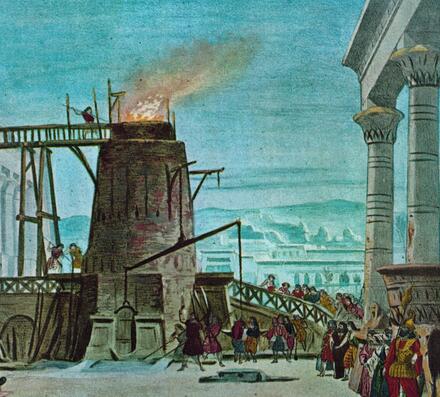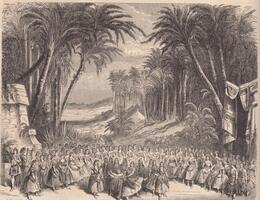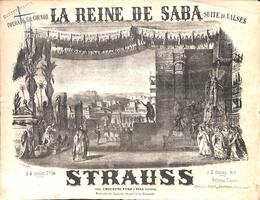La Reine de Saba

Opera in 4 or 5 acts premiered at the Paris Opéra on 28 February 1862.
La Reine de Saba, a biblical story whose plot was taken from Nerval’s Voyage en Orient, tells of the thwarted love affair between bronze-maker Adoniram and Queen Balkis, betrothed to King Soliman. Its premiere at the Paris Opéra was a resounding failure: despite 131 rehearsals and extravagant expenditure on scenery and costumes, the work was taken off after 15 performances. Various reasons were given for this cancellation and there were those who believed that Napoleon III might have had a hand in it, annoyed that this opera featured a defence of Freemasonry or, more prosaically, the tale of an artist who was preferred to a king. As for Gounod, he complained that the critical establishment had unanimously ganged up on him (some writers went so far as to criticise him for following Wagner’s example) and that the conductor (Pierre-Louis Dietsch) had been incapable of doing the score justice. The material conditions surrounding the work’s premiere were also deplorable: Act II, which featured the spectacular scene of “the casting of the Brazen Sea” underpinned by carefully-constructed orchestral parts, had to be entirely cut before the first performance. The reason for this is not known: although some writers have said that this set posed a fire hazard, the publisher Choudens suggested that the cut was made because Gounod was unable to shorten the length of the ballets he had to write for the Paris Opéra stage. When it was revived in Brussels (5 December 1862), then Darmstadt (conducted by Gounod), with its second act reinstated, however, this opera was a great public success. Several later revisions by Gounod (particularly the shortening of Act IV) account for the existence of several versions of this work, in 4 or 5 acts.




